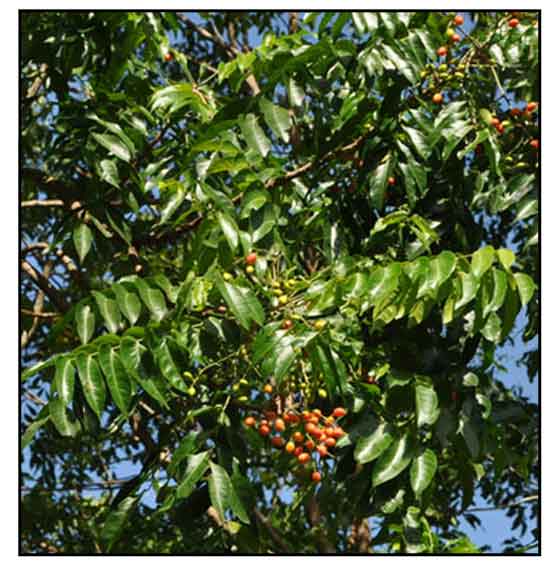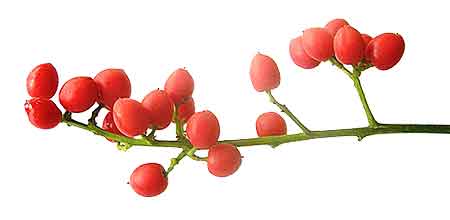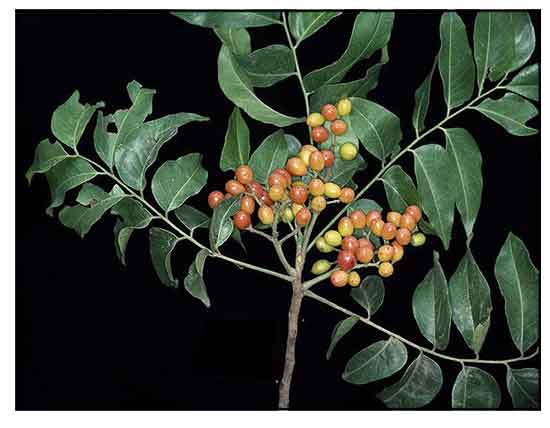
Family • Sapindaceae
Arangen
Lulibas
Ganophyllum falcatum Blume
SCALY ASH / MANGIN
| Scientific names | Common names |
| Dictyoneura integerrima Radk. | Arangen (Philippines) |
| Ganophyllum falcatum Blume | Gogolingin (Pamp.) |
| Lulibas (Philippines) | |
| Matang-ulang (Bataan) | |
| Panda-panda (Philippines) | |
| Pararan (Philippines) | |
| Saleng (Philippines) | |
| Tapuyay (Philippines) | |
| Daintree hickory (Engl.) | |
| Scaly ash (Engl.) | |
| Ganophyllum falcatum Blume is an accepted species. KEW: Plants of the World Online | |
| Other vernacular names |
| INDONESIAN: Kayu mangir, Ki angir, Tapus. |
| SABAH: Panapok ayer. |
| TRADE NAME: Mangin. |
December 2023
![]()
 |
| PHOTOS / ILLUSTRATIONS |
| IMAGE SOURCE: Sapindaceae : Ganophyllum falcatum / Fruiting tree / Copyright © 2012 by P.B. Pelser & J.F. Barcelona (contact: pieter.pelser@canterbury.ac.nz) [ref. DOL50616] / Non-Commercial Use / click on image or link to go to source page / Phytoimages.siu.edu |
| OTHER IMAGE SOURCE: Sapindaceae : Ganophyllum falcatum / Fruits and leaves / © Australian National Botanic Gardens ANBG / click on image or link to go to source page / Useful Tropical Plants |
| OTHER IMAGE SOURCE: Sapindaceae : Ganophyllum falcatum / Fruits and leaves / © Donald Simpson / Non-commercial use / Image modified / click on image or link to go to source page / Territory Native Plants |
Additional
Sources and Suggested Readings |
• |
DOI: It is not uncommon for links on studies/sources to change. Copying and pasting the information on the search window or using the DOI (if available) will often redirect to the new link page. (Citing and Using a (DOI) Digital Object Identifier) |
| List of Understudied Philippine Medicinal Plants |
| New plant names needed The compilation now numbers over 1,300 medicinal plants. While I believe there are hundreds more that can be added to the collection, they are becoming more difficult to find. If you have a plant to suggest for inclusion, native or introduced, please email the info: scientific name (most helpful), local plant name (if known), any known folkloric medicinal use, and, if possible, a photo. Your help will be greatly appreciated. |
• |
 |


 Distribution
Distribution Uses
Uses